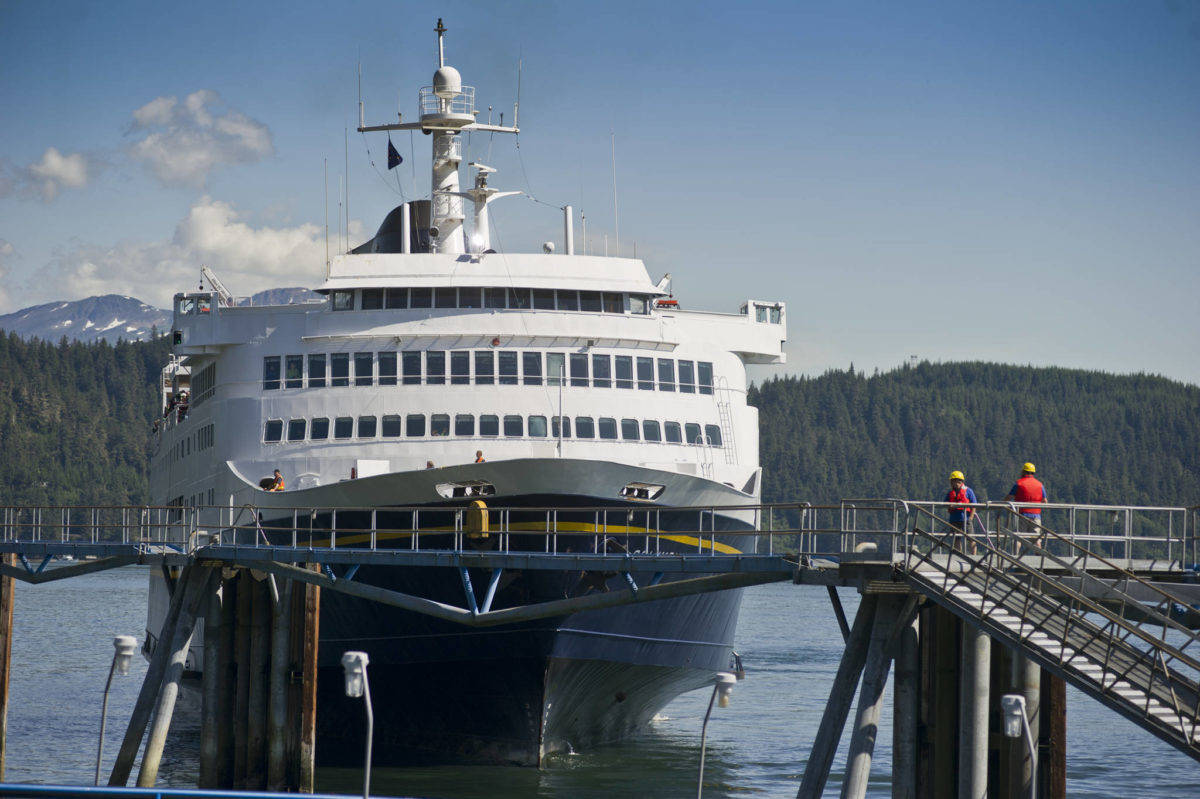The Alaska Marine Highway System (AMHS) has finalized its fall and winter schedule. And coastal communities from Angoon to Kodiak will have to adapt to periods without ferry service from six weeks to six months.
Now it’s time to start identifying highway subsidies across that state that ought to be eliminated.
Here’s two where Gov. Mike Dunleavy can zero out winter road maintenance. The 77 miles of the Elliot Highway from Manley Hot Springs to the Dalton Highway. And last 100 miles of the Steese Highway that connects the villages of Central and Circle to Fairbanks.
Dunleavy might also consider privatizing both highways, most of the 134-mile Denali Highway, the last 65 miles of the Taylor Highway, the 58-mile McCarthy Road and the 42-mile long Nabesna Road.
I’m not really proposing that the state abandon its obligations to the thousand or so residents and dozens of family run businesses that rely on state maintenance of these roads. Rather, it’s a discussion necessitated by Dunleavy’s misperception that the cost to operate the AHMS is an unjust burden on Alaskans who don’t travel by ferry.
According to traffic counts compiled by the Alaska Department of Transportation and Public Facilities, less than 100 vehicles each day travel across the highway sections listed above. Sure, that’s more than the ferry routes in question. But do the roads provide an economic payback to more than area residents?
The AMHS does. Although the return diminishes in relation to the distance removed from system’s routes, every state dollar spent generates more than $2 of economic activity.
That doesn’t all end up in the government’s treasure chest though. Because the state is much more than the government. It’s the places and people and diverse lifestyle opportunities offered by both Alaska’s cities and its bush and island communities.
That’s why the costs to operate the AMHS and maintain the network of remote highways are more than numbers on the government’s balance sheet. And why we need to reimagine the meaning of subsidy.
“Somebody invested in roads and bridges,” President Barack Obama said on the campaign trail in 2012. “If you’ve got a business — you didn’t build that. Somebody else made that happen.”
That statement was made famous not by what Obama meant. But by how it was distorted to read like an attack on successful business owners.
“The point is,” Obama said that day, “is that when we succeed, we succeed because of our individual initiative, but also because we do things together. There are some things, just like fighting fires, we don’t do on our own.”
The roads and bridges across the American landscape were built with the hard-earned tax dollars of our parents, grandparents and great-grandparents. Those living in the congested northeast corridor between Boston and Washington, D.C. weren’t arguing with rural Midwesterners over who was getting the better deal. They understood the mutual benefit of not having to build their own respective transportation networks.
That set of values was behind the establishment of the AMHS Fairbanks in 1963. People living in Anchorage and Fairbanks understood they would receive little to no direct benefit from ferries crisscrossing the state’s coastal waterways. And the residents who would use them mutually accepted the state would fund the larger infrastructure needed to sustain Alaska’s urban communities.
It’s similar for the remote Alaskan roads I’ve mentioned. They were all built before statehood. But it’s likely they all would have been closed long ago if government officials decided the state shouldn’t own and maintain them because most Alaskans received no benefit.
The government when those decisions were made was what America’s founders envisioned — a government of, by and for the people. It and the public institutions that made it work were rightfully respected by most Americans.
Now, in Alaska and rural America more than anywhere else, people believe the Congress and the federal bureaucracy serve the metropolises and their suburbs almost to the exclusion of rural values and concerns.
And that’s the irony that Dunleavy’s ferry cuts expose. By relying on consensus from the Alaska’s population centers to determine how best to spend the state’s limited revenue, he’s running a government like the one in D.C. that’s by and for just some of the people.
• Rich Moniak is a Juneau resident and retired civil engineer with more than 25 years of experience working in the public sector. He contributes a weekly “My Turn” to the Juneau Empire. My Turns and Letters to the Editor represent the view of the author, not the view of the Juneau Empire.

